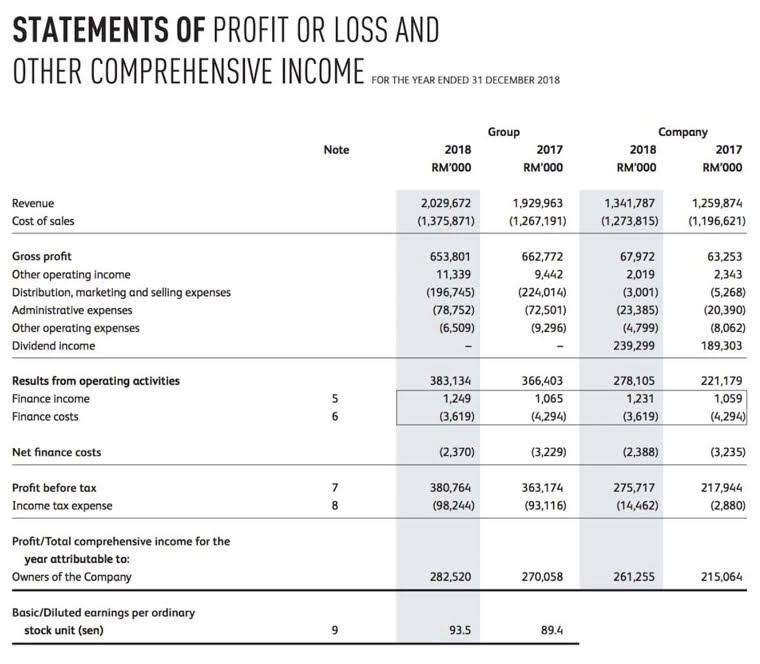
The articles and research support materials available on this site are educational and are not intended to be investment or tax advice. All such information is provided solely for convenience purposes only and all users thereof should be guided accordingly. For this purpose, a business prepares “Final Accounts” (i.e., a Bookkeeping for Chiropractors Trading Account, Profit & Loss Account, and Balance Sheet). We prepare the Final Accounts straight away with the amounts stated in the Trial Balance.
Enter debit and credit amounts

The main purpose of adjusting entries is to update the accounts to conform with the accrual concept. At the end of the accounting period, some income and expenses may have not been recorded or updated; hence, there is a need to adjust the account balances. Adjusting journal entries can get complicated, so you shouldn’t book them yourself unless you’re an accounting online bookkeeping expert.
- Recording such transactions in the books is known as making adjustments at the end of the trading period.
- This is reflected in an adjusting entry as a debit to the depreciation expense and equipment and credit accumulated depreciation by the same amount.
- Under the accrual basis of accounting, revenues are recorded at the time of delivering the service or the merchandise, even if cash is not received at the time of delivery.
- Likewise, if you make an annual business insurance payment and it’s not adjusted, you may believe your overall cost of doing business has increased when it hasn’t.
- Start at the top with the checking account balance or whatever is the first account on the trial balance.
- The balance sheet reports information as of a date (a point in time).
Can I use accounting software to track journal entries?
The credit balance in this account comes from the entry wherein Bad Debts Expense is debited. The amount in this entry may be a percentage of sales or it might be based on an aging analysis of the journalizing adjusting entries accounts receivables (also referred to as a percentage of receivables). First, record the income on the books for January as deferred revenue. Then, in March, when you deliver your talk and actually earn the fee, move the money from deferred revenue to consulting revenue. In February, you record the money you’ll need to pay the contractor as an accrued expense, debiting your labor expenses account. Liabilities also include amounts received in advance for a future sale or for a future service to be performed.

Accounting Services
- They account for expenses you generated in one period, but paid for later.
- You make an adjusting journal entry to update account balances before preparing financial statements at the end of an accounting period, so the statements will include the correct information.
- Because Bad Debts Expense is an income statement account, its balance will not carry forward to the next year.
- Any service performed in one month but billed in the next month would have adjusting entry showing the revenue in the month you performed the service.
- This means that the balance in Allowance for Doubtful Accounts should be reported as a $600 credit balance instead of the preliminary balance of $0.
The preparation of adjusting entries is an application of the accrual concept and the matching principle. Insurance Expense, Wages Expense, Advertising Expense, Interest Expense are expenses matched with the period of time in the heading of the income statement. Under the accrual basis of accounting, the matching is NOT based on the date that the expenses are paid. During the accounting period, the office supplies are used up and as they are used they become an expense.

What are the main purposes of accounting?
The balance sheet dated December 31 should report the cost of five months of the insurance coverage that has not yet been used up. An adjusting journal entry involves an income statement account (revenue or expense) along with a balance sheet account (asset or liability). It typically relates to the balance sheet accounts for accumulated depreciation, allowance for doubtful accounts, accrued expenses, accrued income, prepaid expenses, deferred revenue, and unearned revenue. When doing your accounting journal entries, you are tracking how money moves in your business. Adjusting entries are the changes you make to these journal entries you’ve already made at the end of the accounting period. You can adjust your income and expenses to more accurately reflect your financial situation.
Adjusting Journal Entries

Then, come January, you want to record your rent expense for the month. You’ll move January’s portion of the prepaid rent from an asset to an expense. Suppose in February you hire a contract worker to help you out with your tote bags. In March, when you pay the invoice, you move the money from accrued expenses to cash, as a withdrawal from your bank account.
